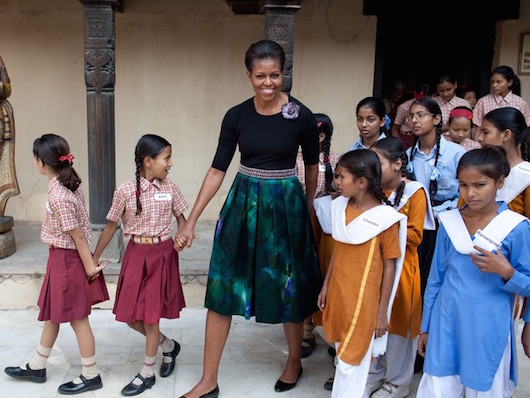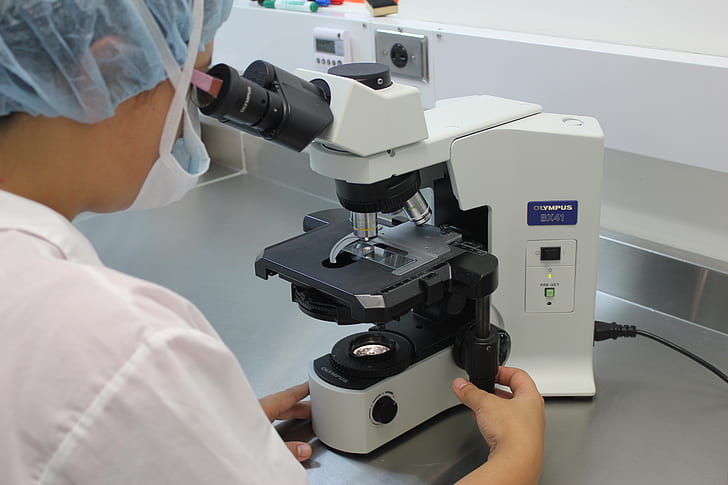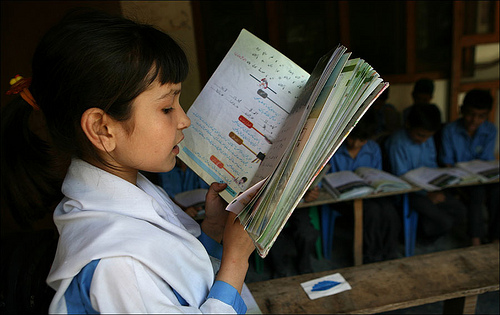 Michelle Obama recently spoke on the importance of education for girls in developing countries at the 2015 World Innovation Summit for Education in Qatar.
Michelle Obama recently spoke on the importance of education for girls in developing countries at the 2015 World Innovation Summit for Education in Qatar.
According to EFA Global Monitoring Report, there are 66 million girls out of school globally. There are 33 million fewer girls than boys in primary school.
Michelle Obama is traveling through the Middle East discussing the importance of education for girls in developing countries in order to promote “Let Girls Learn,” her girls’ education initiative. She encouraged men in developing countries to support the cause of educating girls in order to improve their societies.
Health Benefits of Supporting Education for Girls in Developing Countries
Education is one of the most significant ways that women can empower themselves, and educating women provides many benefits to developing countries.
Girls with eight years of education are four times less likely to be married as children. Women who are educated marry later and, therefore, have fewer children. Multiple studies show that an extra year of schooling for girls reduces fertility rate by five to 10 percent.
The children of an educated woman are more likely to survive. In addition, a child born to a literate mother is 50 percent more likely to survive past the age of five.
Educated women are better at understanding and managing health issues, which reduces infant and maternal mortality.
Economic Benefits of Supporting Education for Girls in Developing Countries
Educating women also benefits the economy. According to chief Japan strategist and co-head of Asia Economics, “educated women contribute to the quality, size and productivity of the workforce. They can get better paying jobs, allowing them to provide daily necessities, health care and education to support their families.”
A girl with an extra year of education can earn 20 percent more as an adult.
Bloomberg Business estimates a “growth premium” that would raise gross domestic product growth by 0.2 percent per year for countries such as Vietnam, Nigeria and Pakistan that put greater investments in female education. Narrowing the gender gap could raise income per capita 20 percent higher than what is projected by 2030.
According to The World Bank, if India enrolled one percent more girls in secondary school, its gross domestic product would rise by $5.5 billion.
Educating girls provides many significant benefits to developing countries and can help lift areas out of poverty. Education for girls will continue to improve conditions in developing countries across the globe.
– Jordan Connell
Sources: Bloomberg Business, CNN, Girl Rising, UNICEF
Photo: Flickr
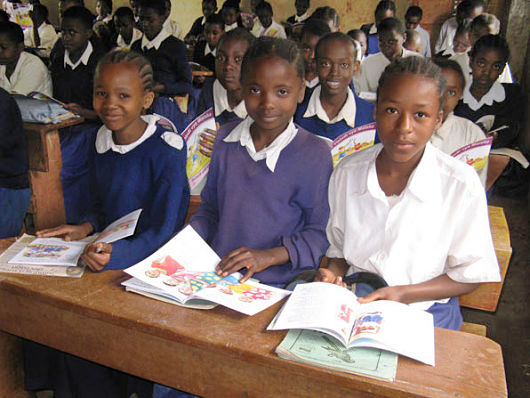
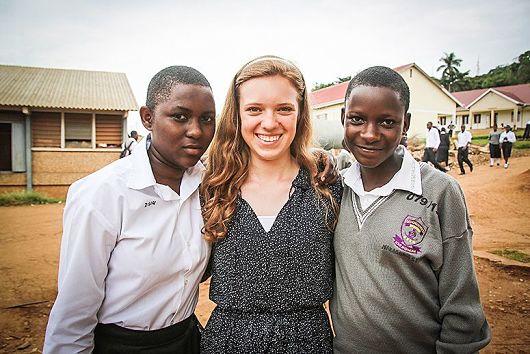
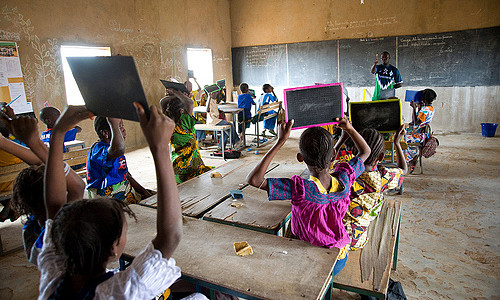 Once known around the world as the finish line of the famous Paris-Dakar Rally, the small West African country of Senegal stands out in from its neighbors. Unlike many of other West African countries like Cote d’Ivoire, Nigeria and Sierra Leone, Senegal has never experienced any notable conflicts or civil war in the last century.
Once known around the world as the finish line of the famous Paris-Dakar Rally, the small West African country of Senegal stands out in from its neighbors. Unlike many of other West African countries like Cote d’Ivoire, Nigeria and Sierra Leone, Senegal has never experienced any notable conflicts or civil war in the last century.